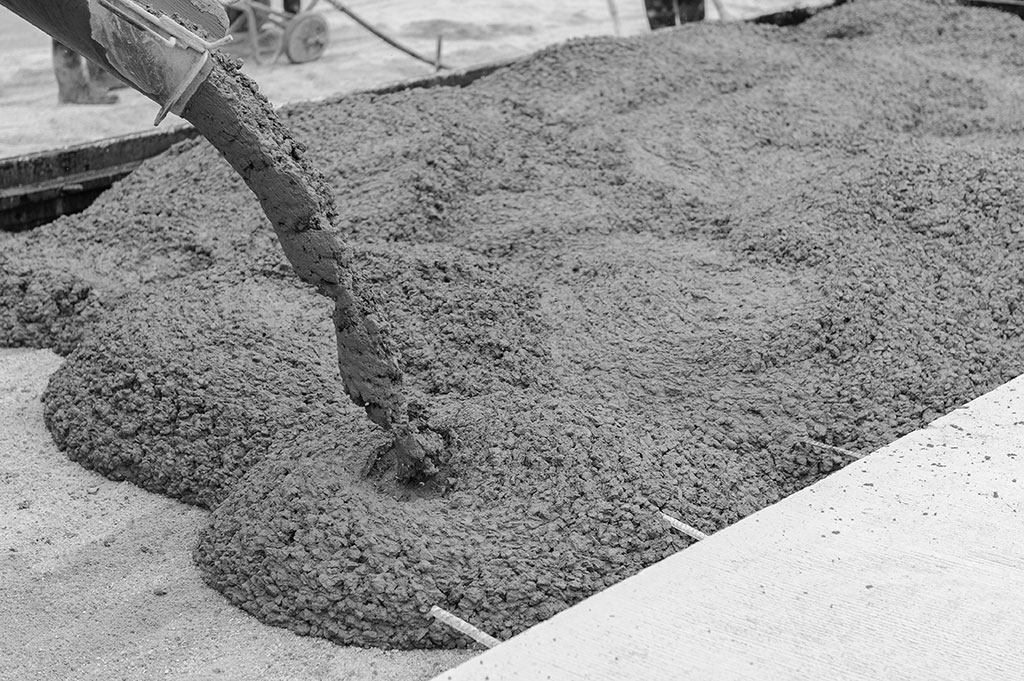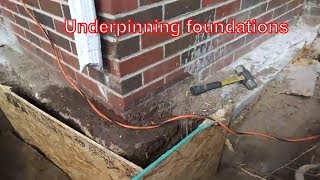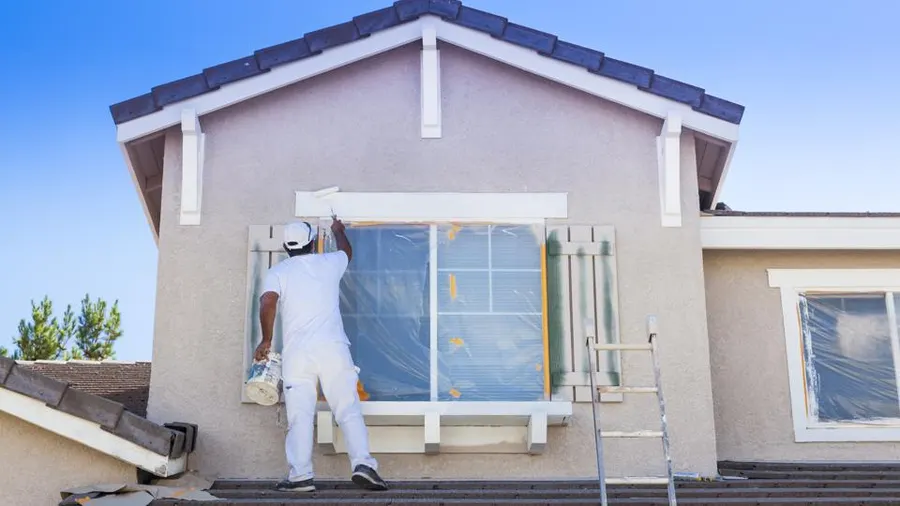Pouring a concrete slab is a vital element of many construction projects, and understanding your concrete needs is critical to its completion. Order too little, and delays could cost more money; order too much and it would go to waste.
Calculating how much concrete you require is an easy and straightforward task, provided you know both the dimensions of your slab and what units of measurement concrete is sold in (typically cubic yards or meters).
Length x Width x Depth
A concrete slabs Melbourne is a shallow foundation designed to transfer loads to its supporting structures, usually columns. This foundation may either be ground-bearing or suspended. Ground-bearing slabs direct loads directly through their foundation into the earth while suspended slabs bridge between columns and pass loads on through column footings.
Concrete has an extremely high embodied energy, yet can last for a very long time and remains extremely durable. Furthermore, its versatility makes it perfect for many different projects.
When ordering concrete from a ready mix supplier, it’s essential that you understand exactly how much concrete you require. A yard of concrete equals 27 cubic feet. To determine your concrete requirements, begin by measuring your project’s length and width and multiplying these numbers by the thickness of your slab before dividing that total by one cubic yard volume to determine how many 80-lb bags will be necessary – always order extra so as to account for waste or spillage issues.
Length x Width x Height
Calculating the volume of concrete required for a slab or other project can be done either using US units (feet or inches), or metric units (centimeters or meters). Enter dimensions and other pertinent details into an online calculator in order to estimate cubic yard requirements; add 10% as an estimate for slab depth differences and spillover differences.
Construction of a hardy slab involves installing formwork, placing hardy blocks, placing reinforcement, and pouring concrete at very high temperatures. It is an economical alternative suitable for long spans in hot countries where concrete must be placed quickly at extremely high temperatures.
To determine the depth of a concrete slab, lay string across multiple forms in three or four spots and average those measurements before subtracting its thickness to arrive at an estimate. Crushed-rock fill is preferred over concrete as it compacts more readily while draining more effectively – helping prevent pooled water from pooling beneath your slab and leading to cracking or spalling of its surfaces.
Length x Height x Depth
A slab is made up of concrete that is placed over ground or another surface and typically reinforced with steel rebar to increase strength and prevent it from collapsing under its own weight. Decking can also help improve strength while helping prevent early cracking of the slab.
To determine the volume of concrete needed for your project, measure its length and width before multiplying those figures by your planned slab depth to get an approximate cubic yardage amount of concrete needed.
Round your measurements up to the nearest whole number for accuracy and to ensure you have enough concrete for the task without excess or waste. It is always advisable to order extra material rather than run short on orders.
Length x Height x Height
A concrete slab is typically cast as one large mass, to eliminate construction joints, reduce curling and other defects such as cold joints, as well as to accelerate the job with just one pour.
As concrete cools and shrinks, its volume reduction creates tensile stresses within its section. Since concrete’s tensile strength only amounts to 8-12 percent of its compressive strength, such tensile stresses may lead to cracking in its slab surface.
To reduce random cracking, contraction/control joints are installed into concrete slabs to weaken stress accumulation points that could potentially crack under high stress accumulation levels and produce controlled cracks below the surface of the slab for an aesthetically pleasing appearance.



